Walking in the forest, we can see clusters of bright red rambutan, wild lychee swaying in the sun, and the fruit silently ripening in the bushes.
Unlike garden rambutan, wild rambutan is an ancient tree standing tall in the middle of the evergreen forest, up to 25 - 30 m high, sometimes more. Every ripening season, clusters of bright red fruit seem to light up the green space.
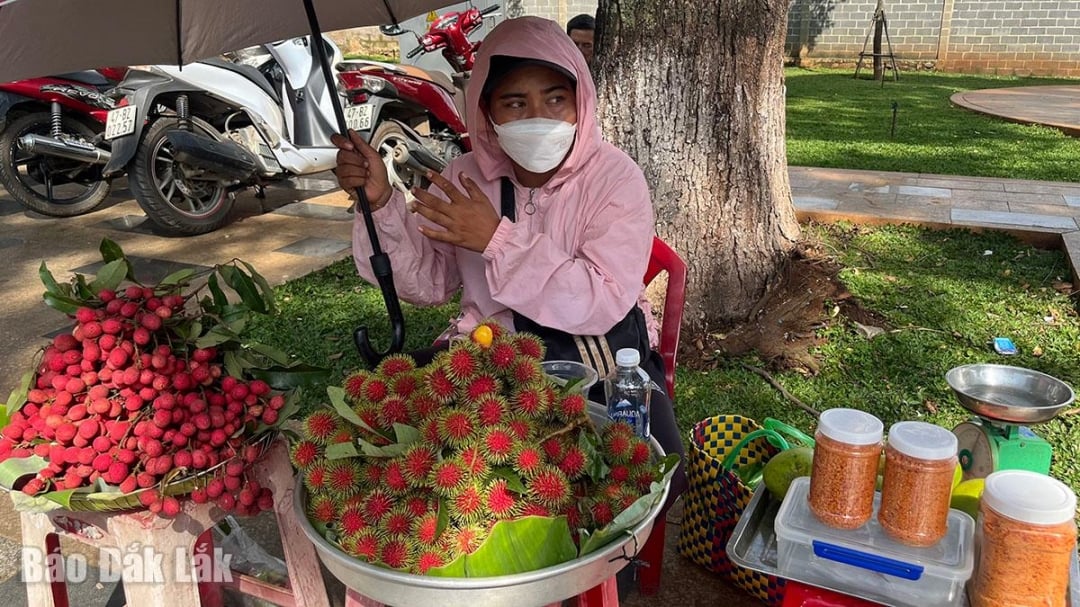 |
| Wild fruits are sold in the city. |
The Central Highlanders say that if you want to eat wild rambutan, you have to be brave. Because only young men who are good at climbing, have strong arms, and dare to endure the bites of black ants can pick it. Wild rambutan is small, with a red skin covered with bristly hairs, and inside is a golden, eye-catching flesh that gives off a gentle aroma. Its taste is sweet and sour, but its aroma is "many times stronger" than that of lychee or longan. To eat it well, you have to dip it in salt and chili. That combination makes the sour taste disappear, leaving only a sweet, refreshing taste on the tip of the tongue. On hot sunny days, a wild rambutan is enough to cool down, quench thirst, and ease the fatigue of forest trips.
The story goes that when Westerners first set foot in the Central Highlands, they were very curious about this strange hairy fruit. Some Westerners used a knife to cut off the outer hair before daring to peel and eat it. However, it was the sweet taste and strange aroma that fascinated them. Some even brought wild rambutan seeds home to plant. Perhaps that is why today in the Dak Lak Museum grounds there is a hundred-year-old wild rambutan tree that is green all year round. And, in many villages, we still see tall, shady rambutan trees, where children chirp and call each other to climb and pick them, soak them in rock sugar water, making a cool, sweet drink throughout the summer. Not only the fruit, but the seeds of wild rambutan are also a precious medicine. The Ede and M'nong people of the past still dried the seeds, crushed them to treat diarrhea, dysentery, and even used them to reduce fever and expel worms...
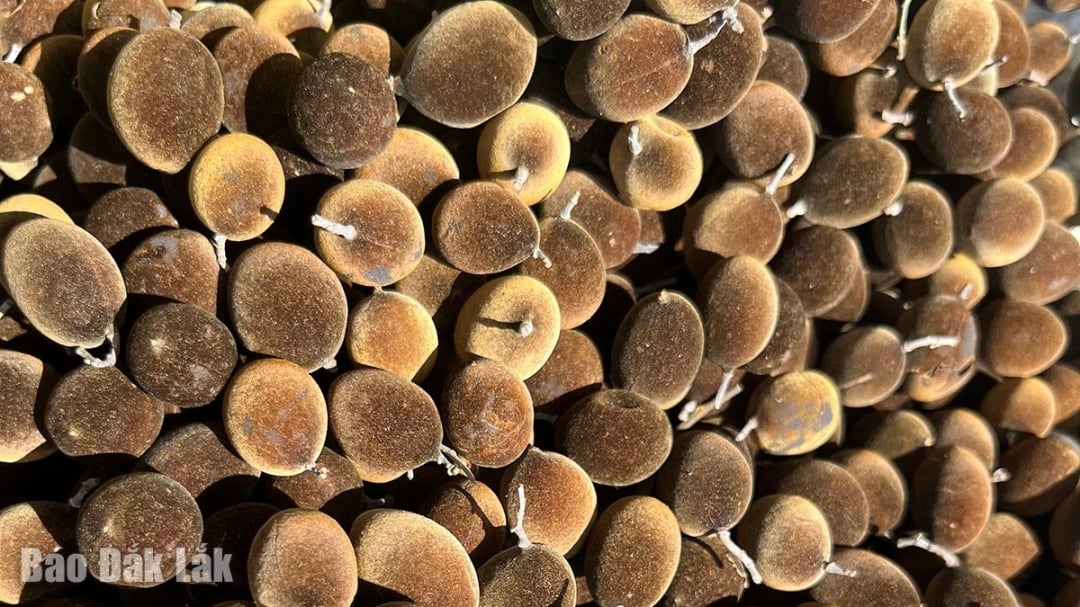 |
| Say fruit, also known as ground fruit, velvet fruit. |
Wild lychee is another gift from the great forest. Unlike cultivated lychee, wild lychee is much smaller, when ripe it is bright red, the flesh is sour but strangely fragrant. Unable to separate the flesh from the seed, people have to hold it in their mouths - letting the sweet and sour taste blend, slowly dissolve, letting the scent of the forest seep into every tooth, every breath.
Only children and young people are “addicted” to this type of wild lychee. They sit by the stream, under the shade of trees, peel each fruit, dip it in salt and chili, then... laugh out loud. Some people also bring it home to soak in rock sugar, with a recipe passed down by word of mouth: one kilo of seedless fruit, add 60 grams of brown rock sugar and half a teaspoon of pink salt, soak for 3 hours and then put it in the refrigerator. That cool, fragrant, sweet and sour taste, having a glass in the middle of the hot noon is truly incomparable.
Wild lychee is a wild plant that requires no care. It usually takes 3-5 years to bear fruit. Perhaps it is this waiting that makes the flavor of wild lychee more precious. Although there is not much scientific research confirming specific benefits, people still believe that it helps to cool down, detoxify, and strengthen resistance, a natural gift that does not need advertising.
Another little-known fruit: the saya fruit, also known as the grind fruit, the velvet fruit – the name comes from the velvety outer shell, which has a brown or apricot yellow tint when ripe. When pressed gently, the shell breaks, revealing the deep yellow flesh, soft and spongy, melting in the mouth with a very unique sweet and sour taste.
The Central Highlanders eat the “say” fruit as a rustic snack. Children eat it fresh, adults process it: “say” with sugar, “say” with salt and chili, rich dishes, becoming specialties of the village. It is not only delicious, but also a memory, a bit of the green forest.
Without any need for fertilization, crystallized from the sun, wind, rain and the spirit of mother earth, wild fruits are precious gifts that the forest generously gives to humans. Wild fruit season is also the season of children's joy, of bamboo baskets full of wild fruits, the season when nature is most generous.
More than just a gift, wild fruits are also the voice of sustainability. Centuries-old trees not only provide shade and protect the soil, but also bear fruit, connecting people with the forest. Eating a wild rambutan is touching the history of the deep forest; holding a drunken fruit is tasting the essence of red basalt soil...
Forest fruits are not simply food, but a part of the Central Highlands - where people live in harmony with nature, knowing how to preserve each tree canopy and each ripe fruit so that future generations can still see, taste, and call each other in the old forest: "Fruit season has come"!
Source: https://baodaklak.vn/du-lich/202506/qua-cua-rung-754108f/



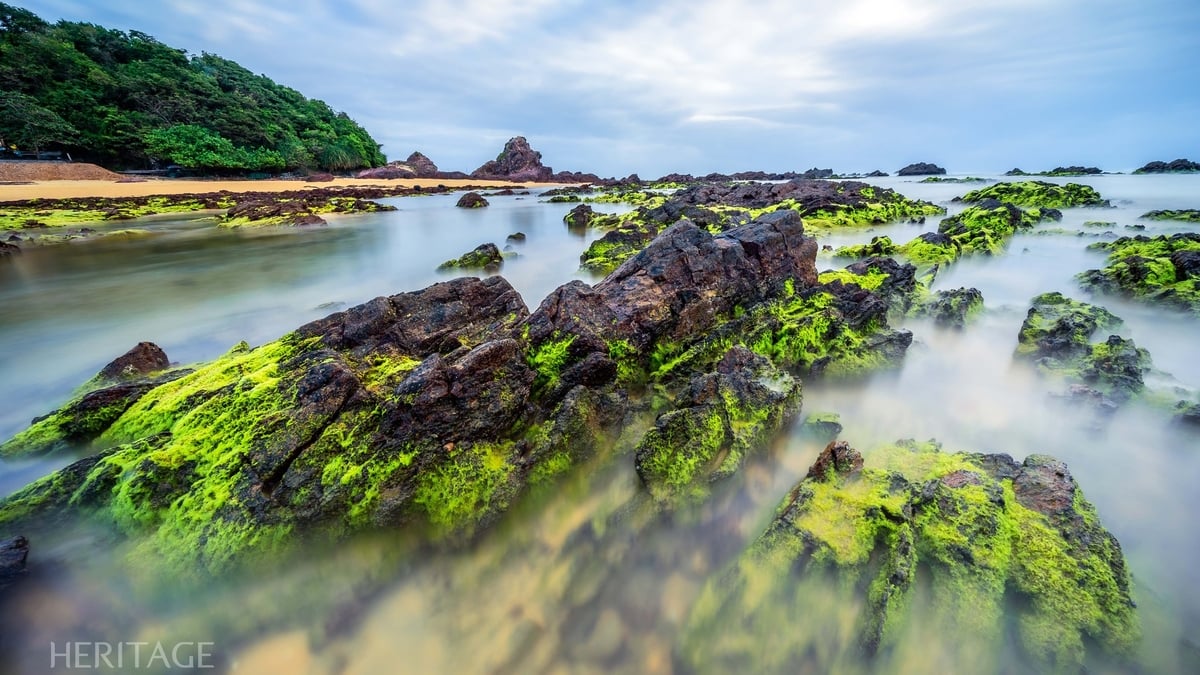
![[Photo] General Secretary To Lam meets with the Group of Young National Assembly Deputies](https://vphoto.vietnam.vn/thumb/1200x675/vietnam/resource/IMAGE/2025/6/24/618b5c3b8c92431686f2217f61dbf4f6)
![[Photo] Close-up of modernized Thu Thiem, connecting new life with District 1](https://vphoto.vietnam.vn/thumb/1200x675/vietnam/resource/IMAGE/2025/6/24/d360fb27c6924b0087bf4f288c24b2f2)

![[Photo] The 9th Party Congress of the National Political Publishing House Truth](https://vphoto.vietnam.vn/thumb/1200x675/vietnam/resource/IMAGE/2025/6/24/ade0561f18954dd1a6a491bdadfa84f1)


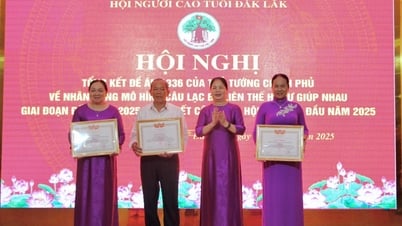












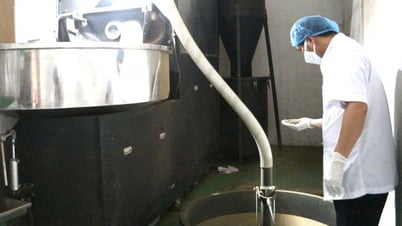





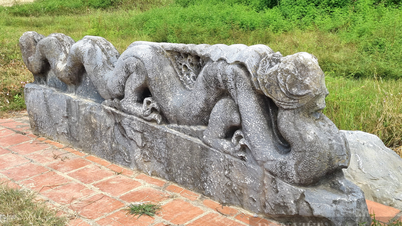
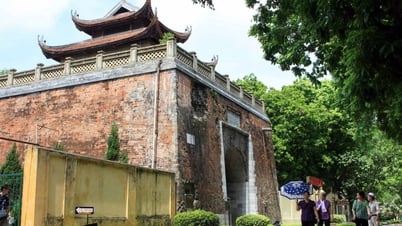



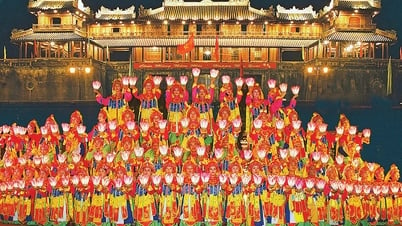





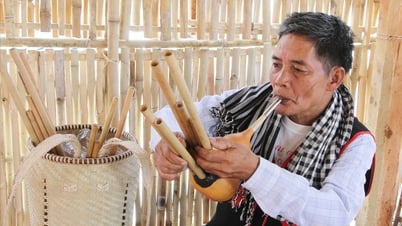






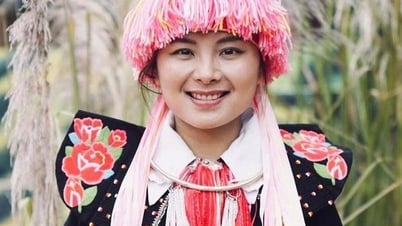





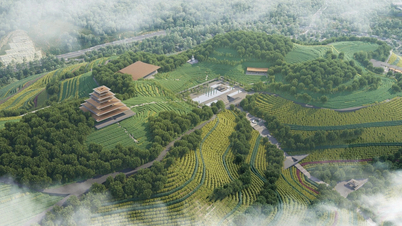










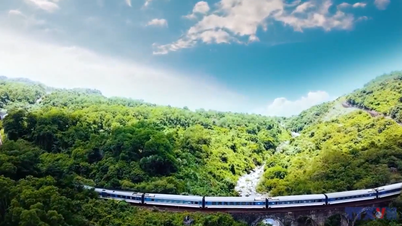




















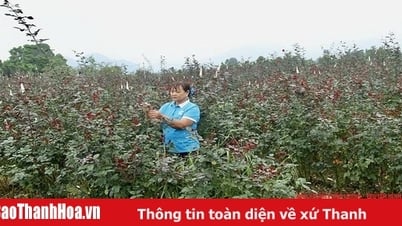



















Comment (0)